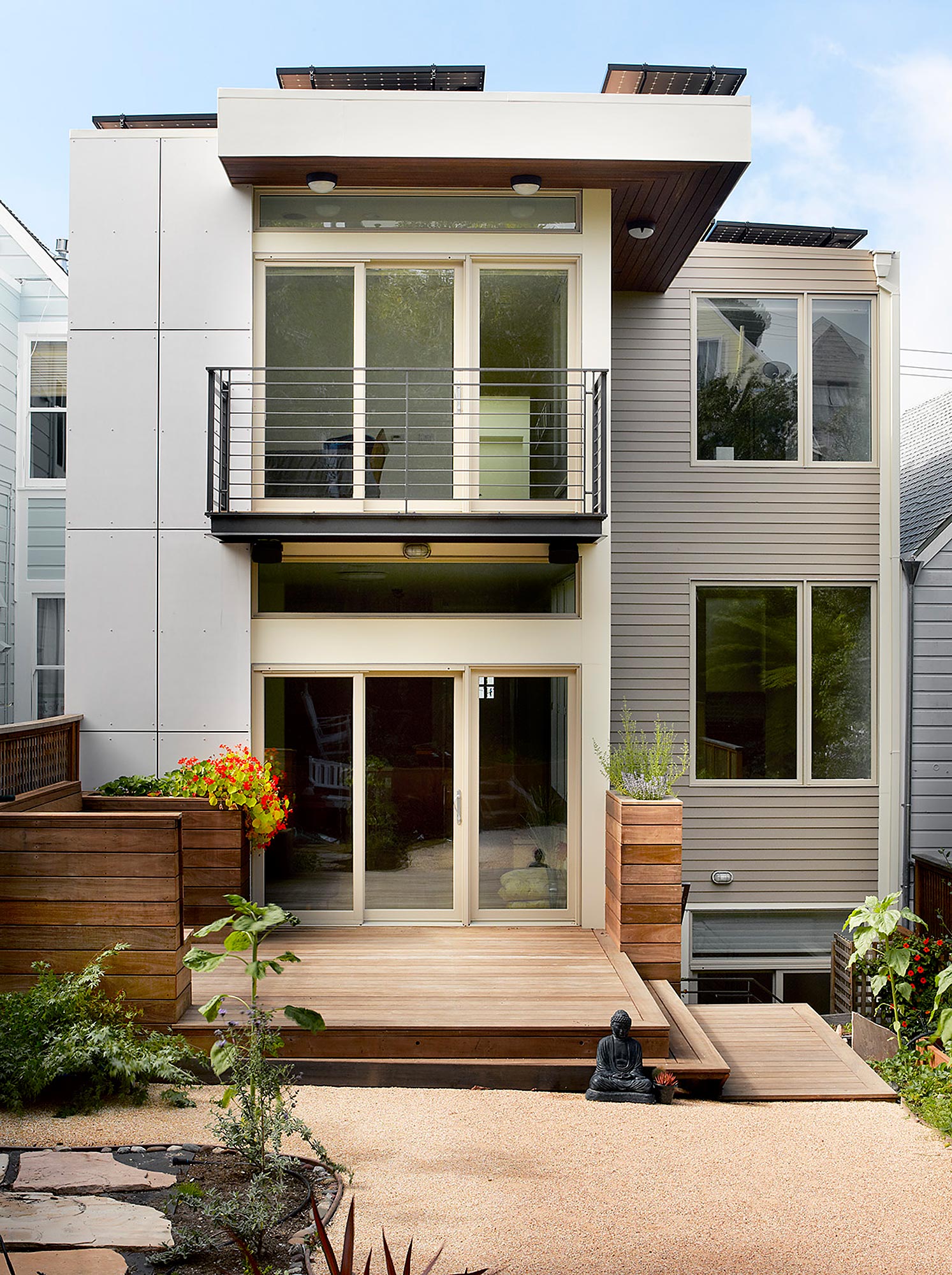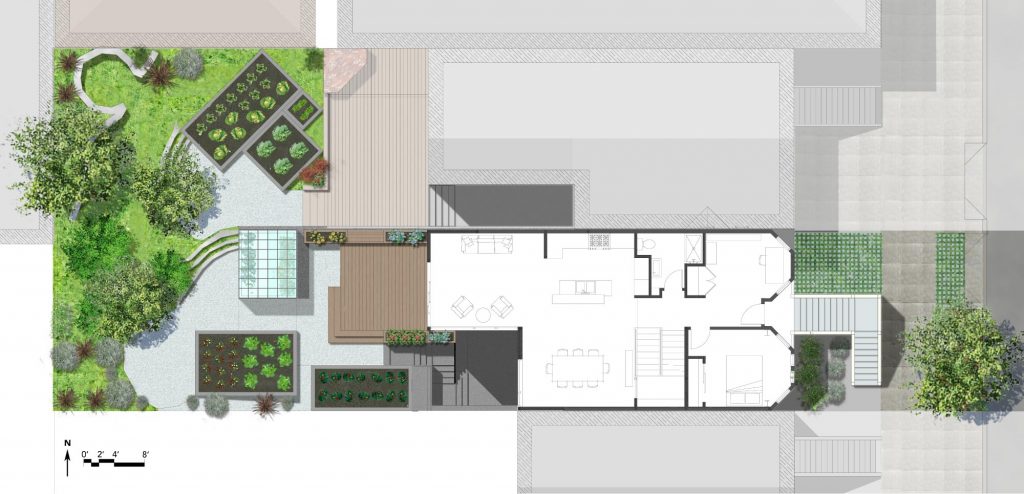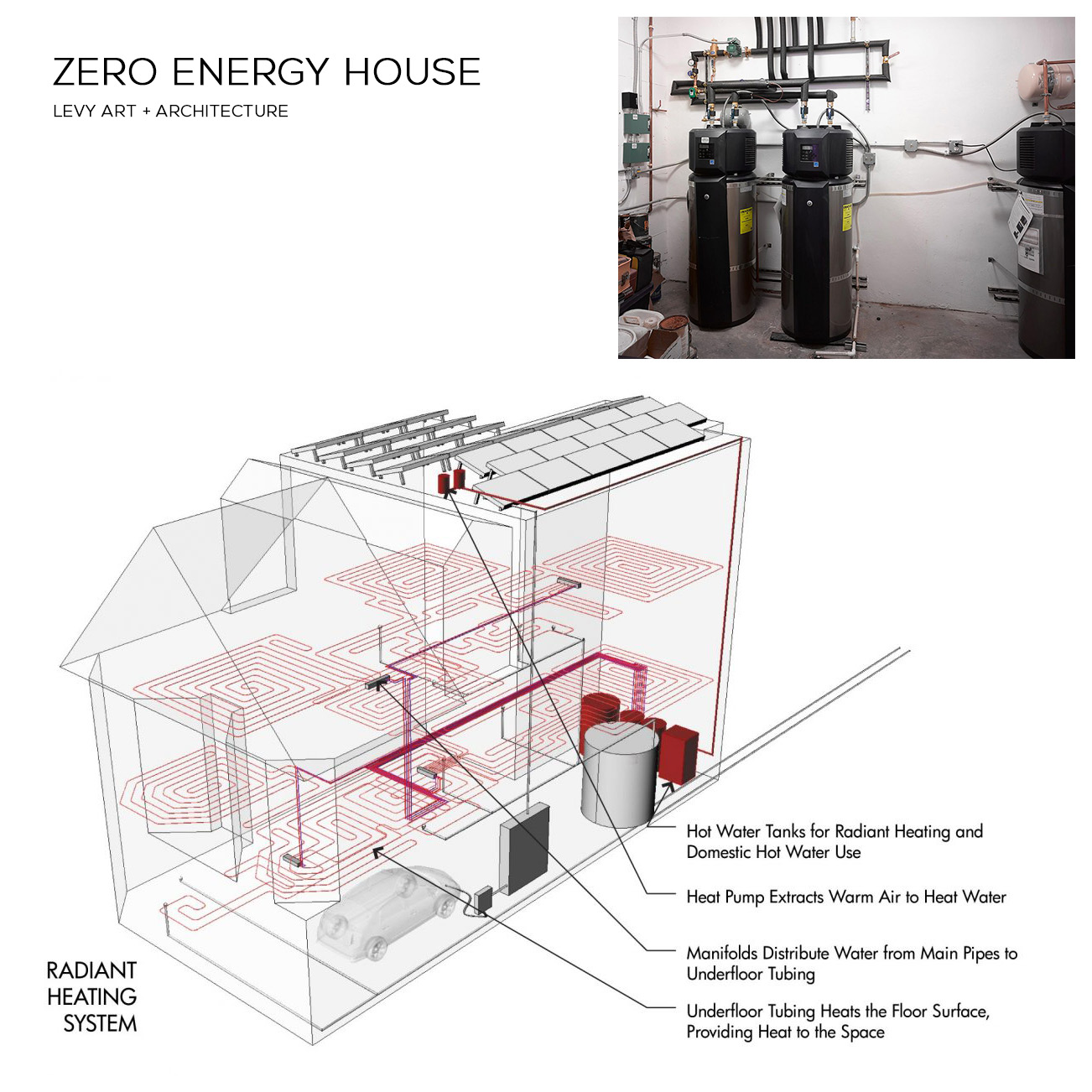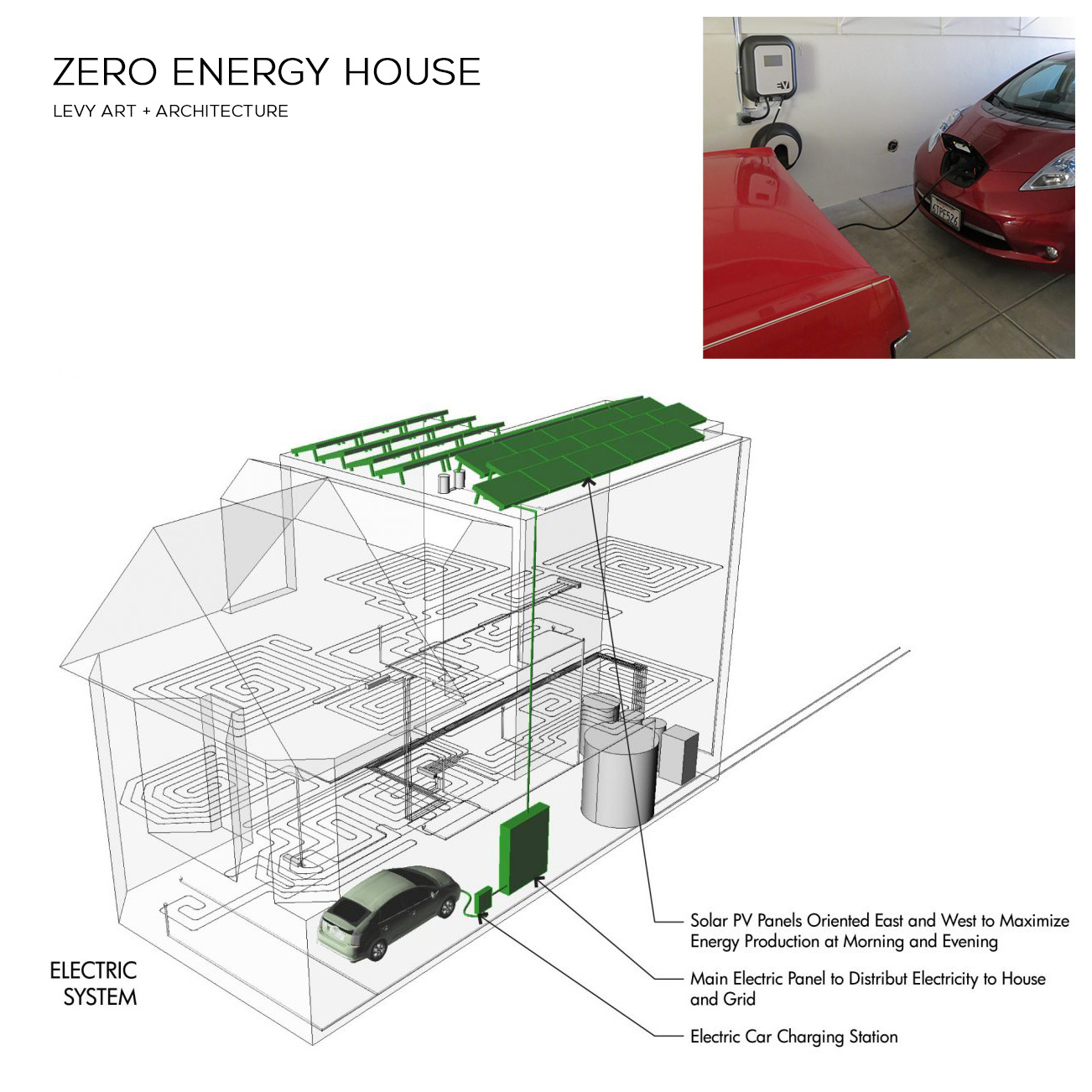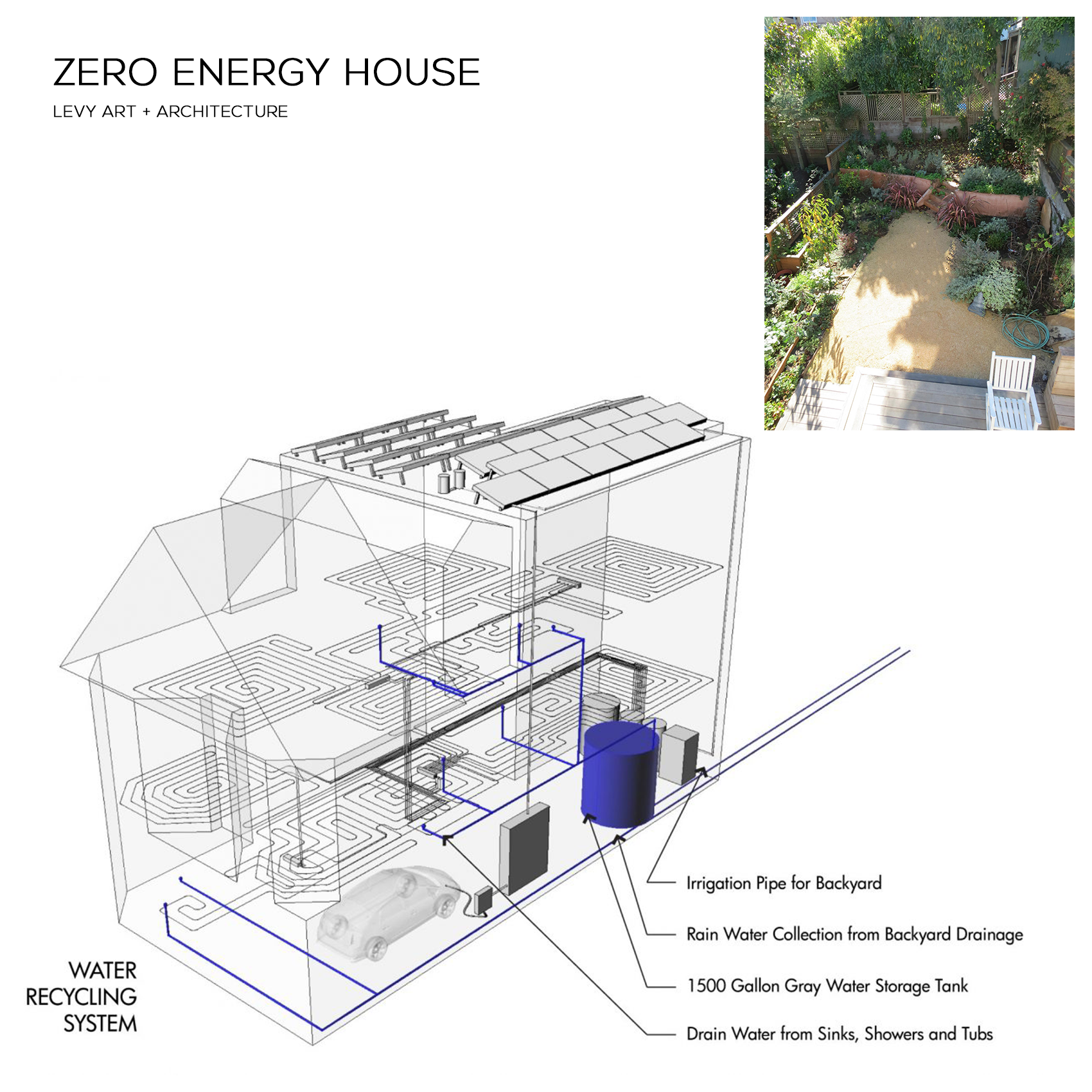We initiated this project for our client, completed the initial schematic designs, received permissions, and worked to create a fully-realized architectural expression.
First, we designed and permitted the building expansion to create a 4-story structure with expansive glass panels that capture a 270 degree view.
We then began to collaborate with interior designer, Charles de Lisle.
Working on behalf our our mutual clients, tech CEO Yishai Lerner and his wife Sabrina, we defined and detailed material applications throughout the home.

This is on full display throughout the house, most notably at the unique kitchen and the extravagant basement.
The kitchen invites you to sit down, or create your next culinary experience.
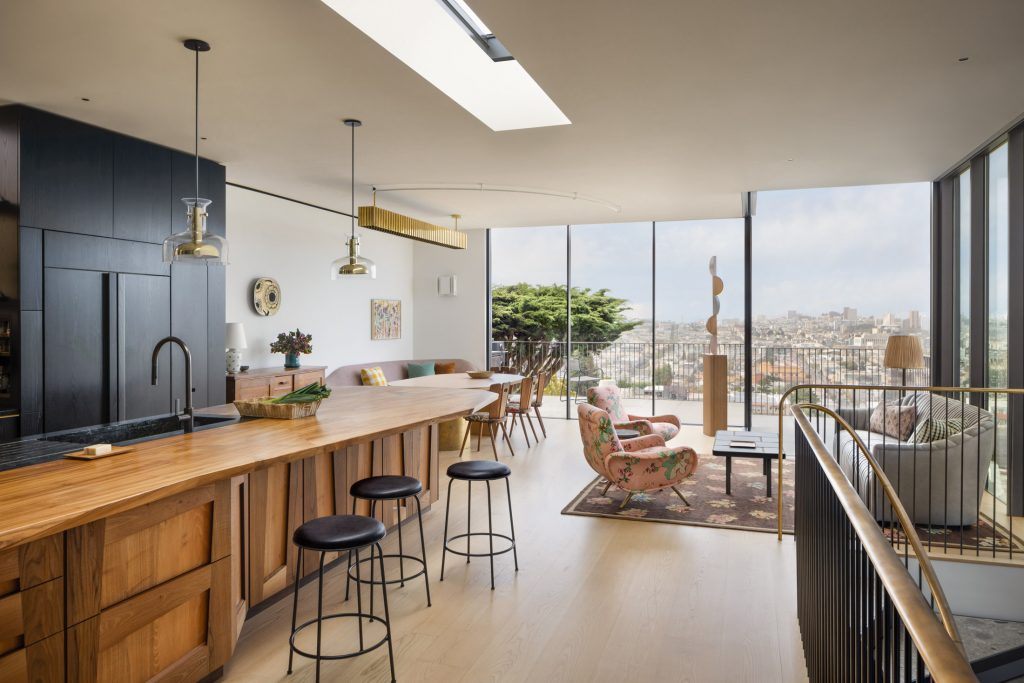
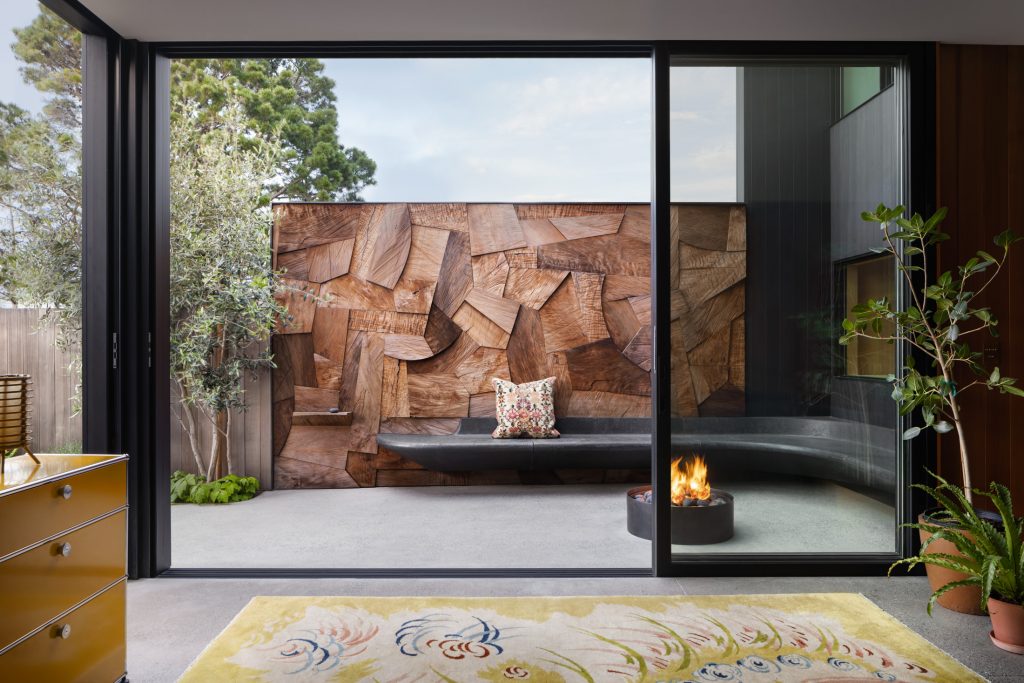
On the lower level, we created this seamless indoor / outdoor space where the room is as much a part of the garden as it is a part of the house. This canvas serves as a backdrop for a wonderful expression of nature, interpreted as a beautiful redwood sculptural wall by @ido_yoshimoto. The piece has such a strong presence that you feel as if you’re next to it, even when the glass is closed. It completes the bridge between indoor and outdoor living.
In the bathrooms, we used operable wood paneling, variegated cast concrete wall and custom cast concrete sink basin.
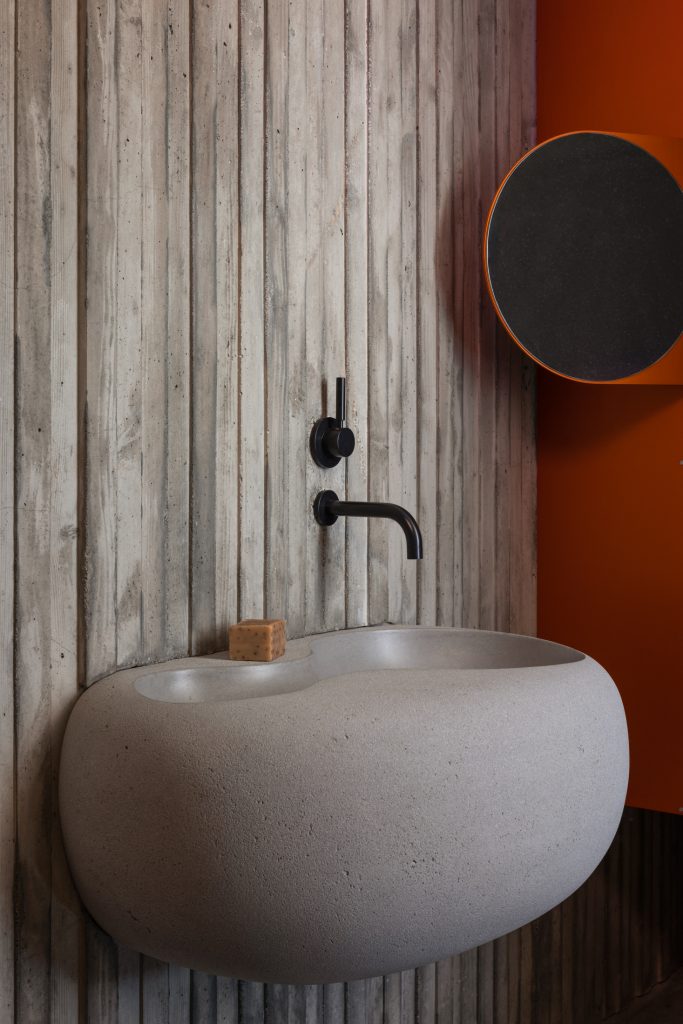
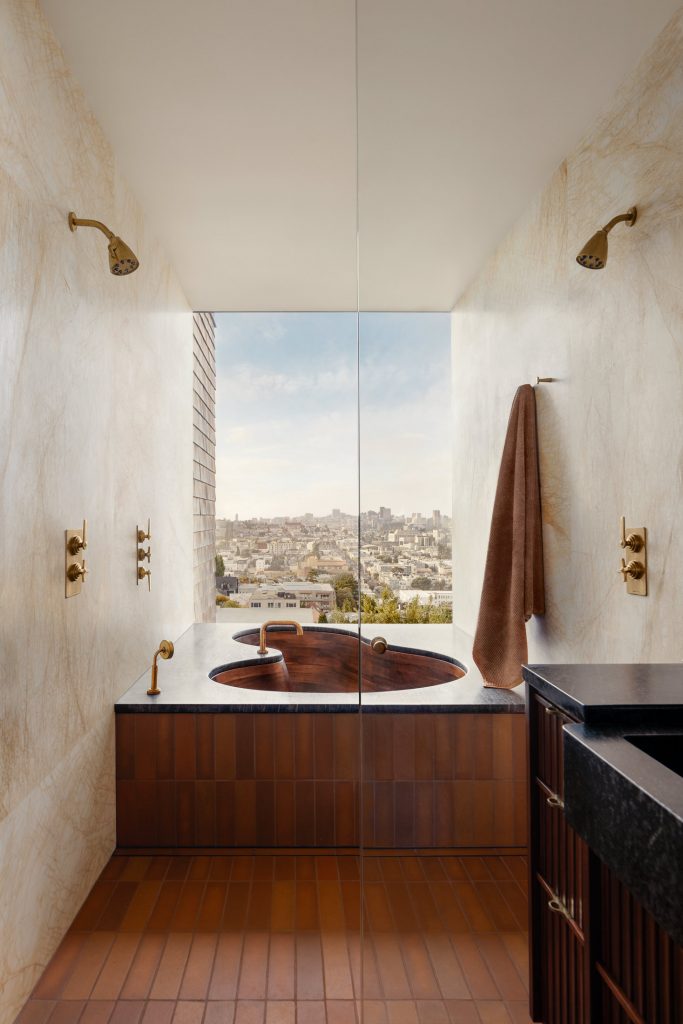
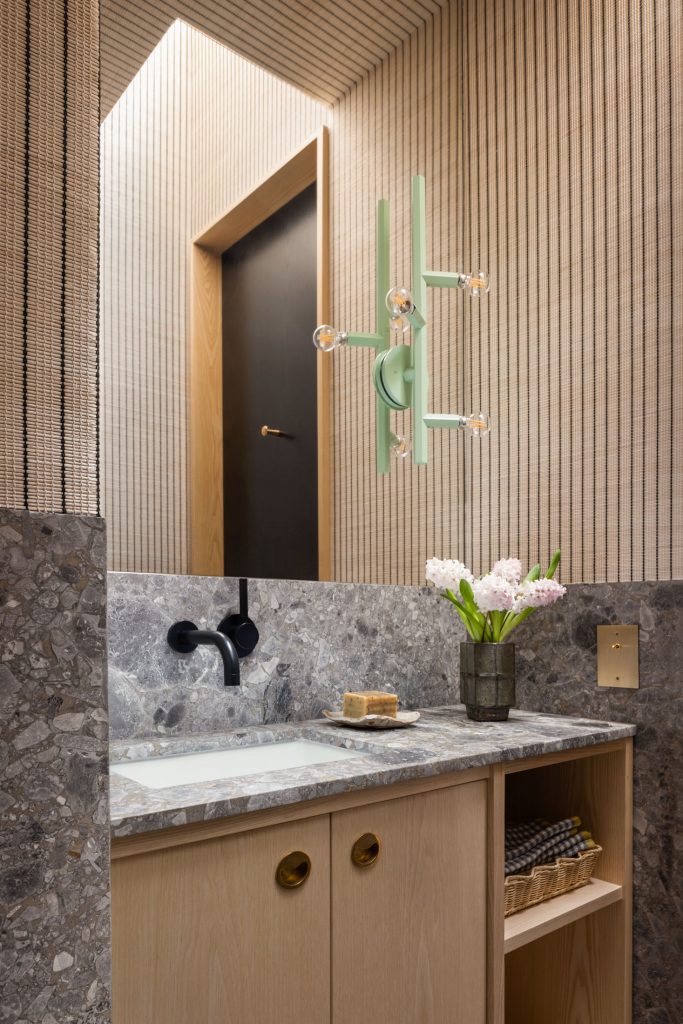
We also custom-designed and fabricated the winding iron staircase, so it appears to be floating independently of the walls.
We took a monumental space, and brought it to human-scale through carefully-selected organic materials, giving a sense of ease and approachability. You are invited to participate, touch, and interact with the space.
Project Credits
Principal Architect: Ross Levy, Levy Art + Architecture @levy_aa
Project Architect: Karen Andersen
Architecture Team: Shirin Monshipouri, Andrew Sparks, Michael Ageno, Sonja Navin
Interior Design: Charles Delisle @charlesdelisleoffice
Contractor: Blair Burke GC
Site Superintendent: Brad Lord
Project Manager: Nicole Barsetti
Structural Engineer: Daedalus Engineering @daedalusstructuralengineering
Garden Wall: Ido Yoshimoto @ido_yoshimoto
Clients: Yishai and Sabrina Lerner
Photos: Eric Petschek @ericpetschek and Karen Andersen @almost.elfish
Publications
This home was featured in Architectural Digest, Fall 2023: https://www.architecturaldigest.com/gallery/tour-a-stunning-san-francisco-family-home-that-used-to-be-a-total-bachelor-pad




